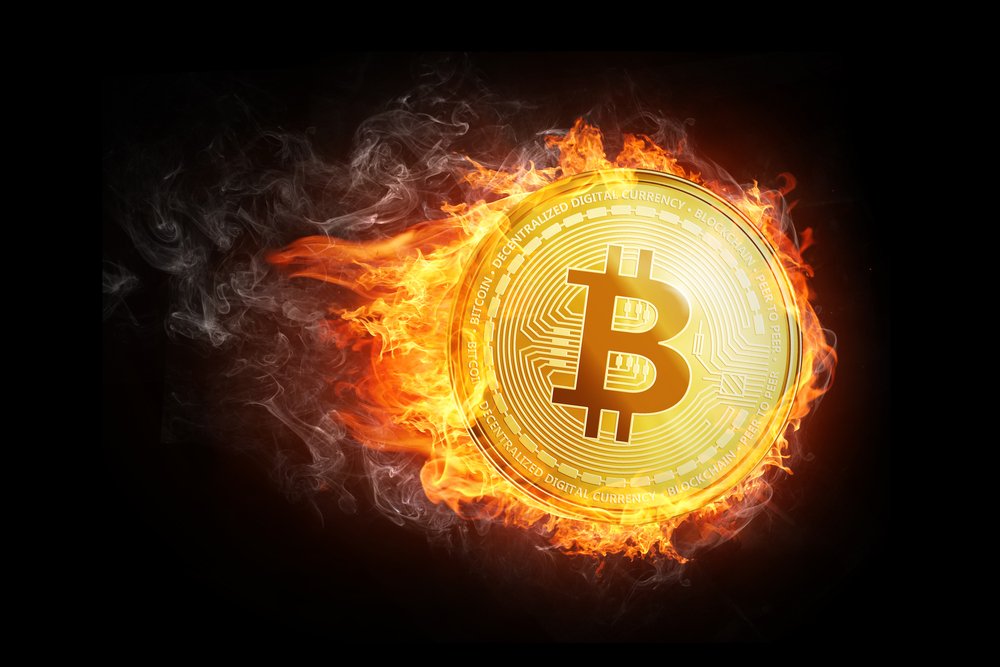One of the main problems associated with the launch of Bitcoin Gold is the way this currency was created. It was not a live hard fork of Bitcoin, but more of a separate blockchain which airdropped coins to holders of Bitcoin. Moreover, there was also a major premine which is still in the hands of the developers. However, according to a recent blog post by the BTG devs, this is not your traditional premine.
Bitcoin Gold Premine Doesn’t Exist?
It is always interesting to see cryptocurrency founders attempt to justify their actions. In this case, the Bitcoin Gold scheme is known to have a premine which consists of a few thousand coins. According to the developers, this “fund” should not be labeled a premine, as that is not how it was created. Rather, the network launched by replicating the existing Bitcoin blockchain and its history.
This resulted in the creation of Bitcoin Gold, which “split” from the network at block 491.407 on October 24th. At that time, a brief mining period was created to store coins for the future of this project. By definition, this is a pure premine that should never have existed in the first place. A total of 100,000 BTG was mined by the developers, which – in their opinion – classifies it as a “post-mine” since 16.5 million BTG were in existence already. However, these coins were not immediately distributed to their rightful owners.
While the Bitcoin Gold developers try to explain how that wasn’t a premine, the rest of the community may have a different opinion. It is true that Bitcoin Gold had coins “associated” with Bitcoin addresses before the developers mined coins. However, the network was purposefully kept private. A premine involves privately mining to accumulate a number of coins and making mining public afterward. That is exactly what happened with BTG; thus this whole debate is a matter of semantics.
Moreover, given the delayed launch of the mainnet, the Bitcoin Gold developers were – technically speaking – in full control over all of the BTG generated on the network at all times. That is still a big problem which can’t be explained away by playing word games. While the BTG “post-mine” represents just 0.6% of the supply, it is still a figure that will irk a lot of people. Premine, postmine, or subsidized block rewards and hidden mining pool fees are frowned upon by cryptocurrency users in general. Bitcoin Gold is guilty of at least two offenses in this regard so far.
One point worth mentioning is that the 100,000 BTG mined by the developers is effectively locked up for the time being. They are stored in multisignature wallets, which is rather interesting. This seems to indicate that BTG boasts multisig support out of the box, a fact very few people are even aware of. Spending money requires four out of six core member signatures. That’s not the most secure approach, as collusion among developers is still a very real possibility. Around 60% of the mined coins are in time-locked wallets, which should keep them safe from being spent for some time to come.
Whether this explanation will bring more legitimacy to Bitcoin Gold remains to be seen. Very few people seem to care about this project and its borked launch. The price per BTG is falling pretty quickly, and very few wallets support it right now. Moreover, the number of exchanges supporting this currency is also very limited, which was to be expected. Bitcoin Gold will remain a minor altcoin for quite some time to come, as there is little genuine interest in this project. All eyes are on Bitcoin and the top cryptocurrencies right now; that much is certain.

